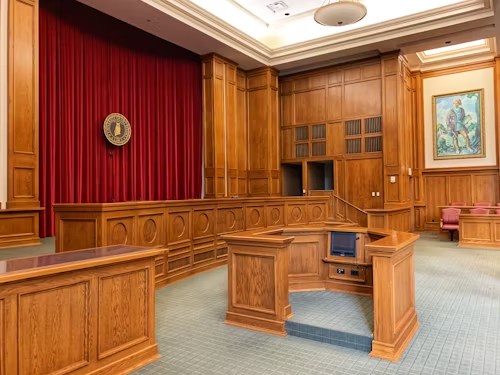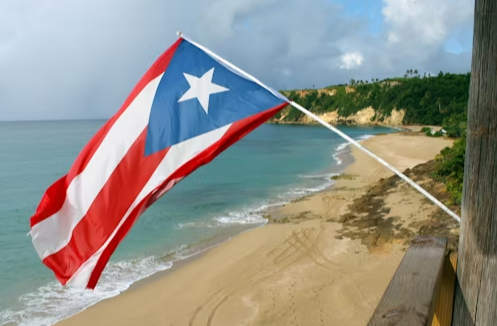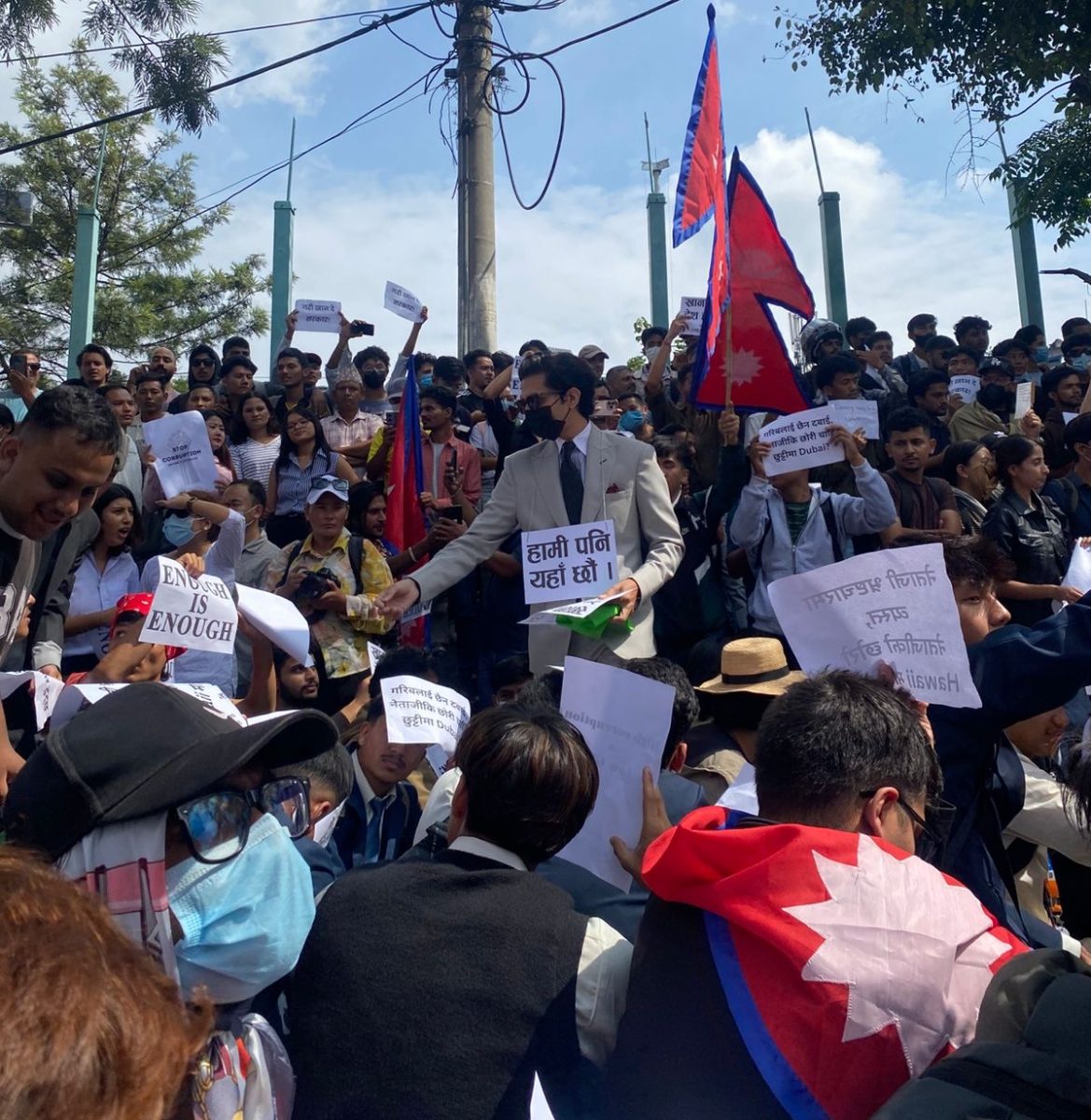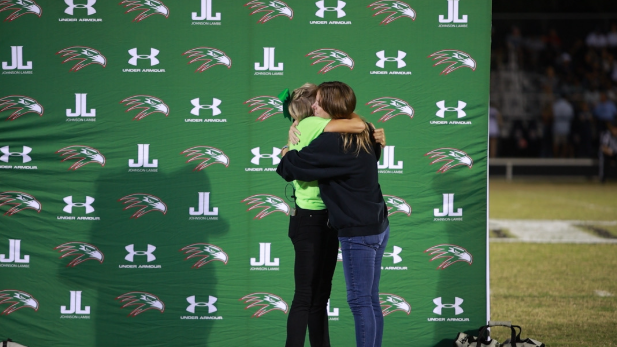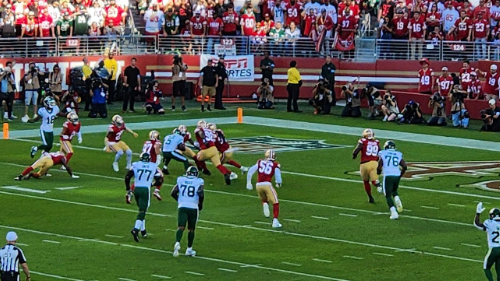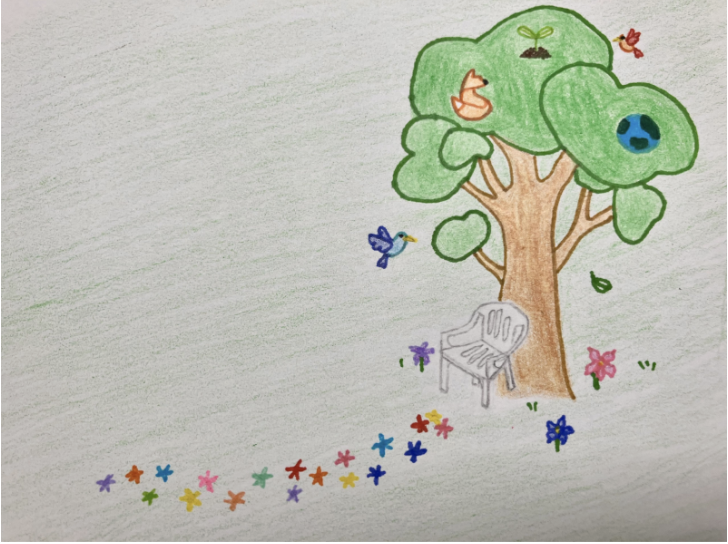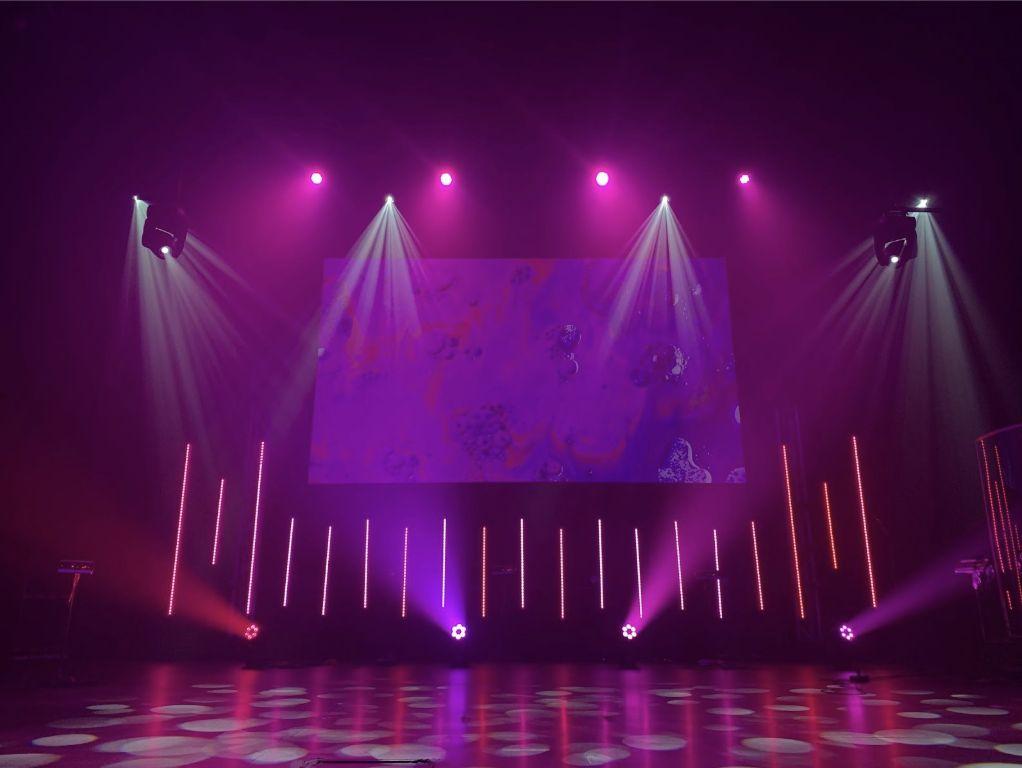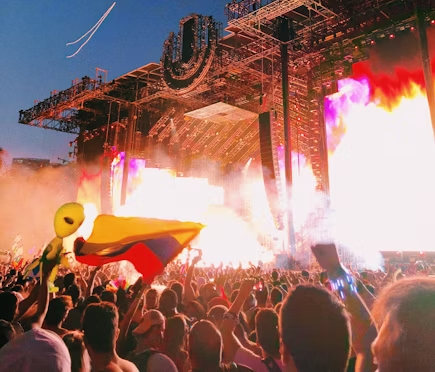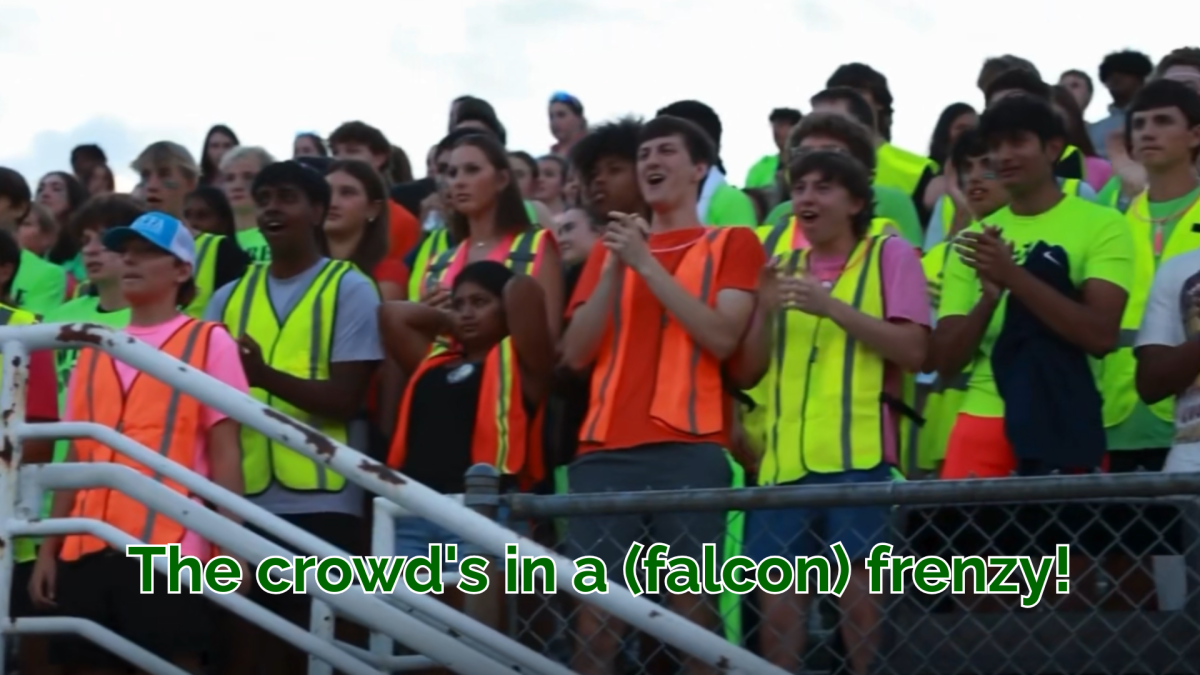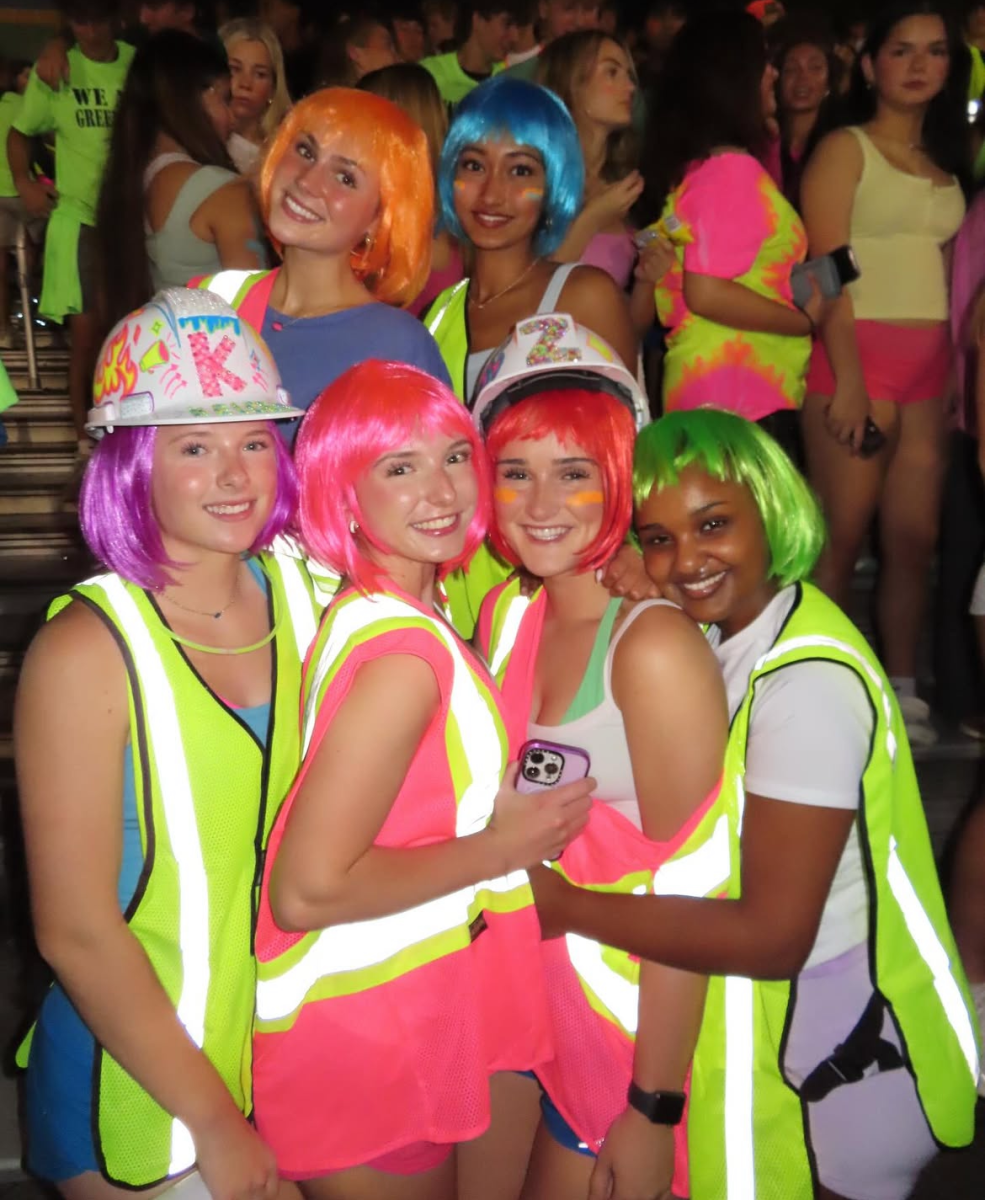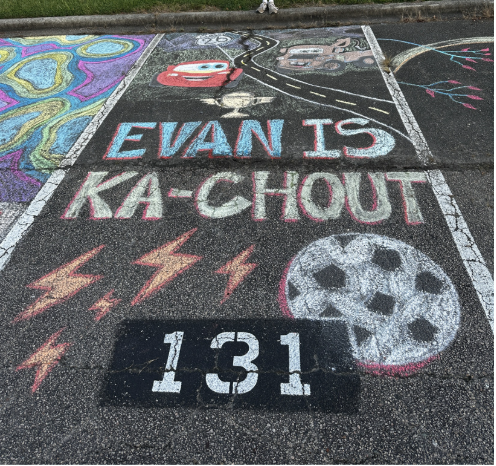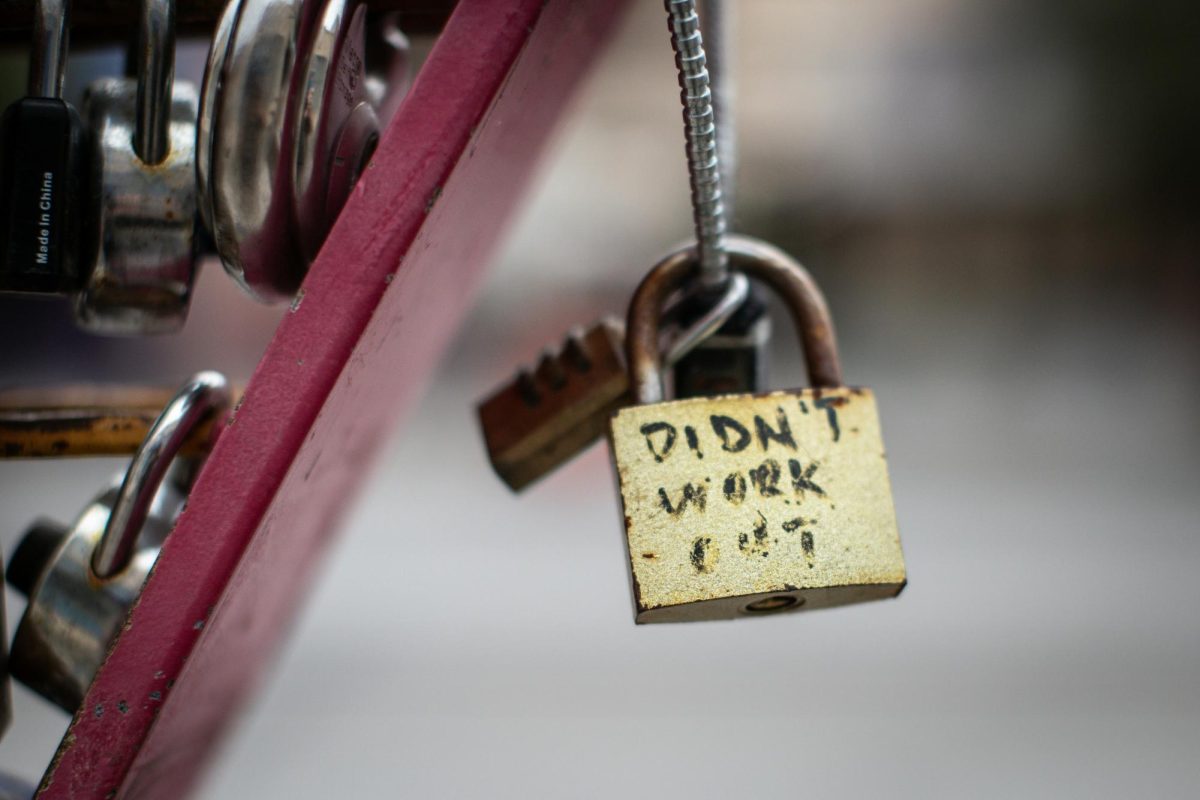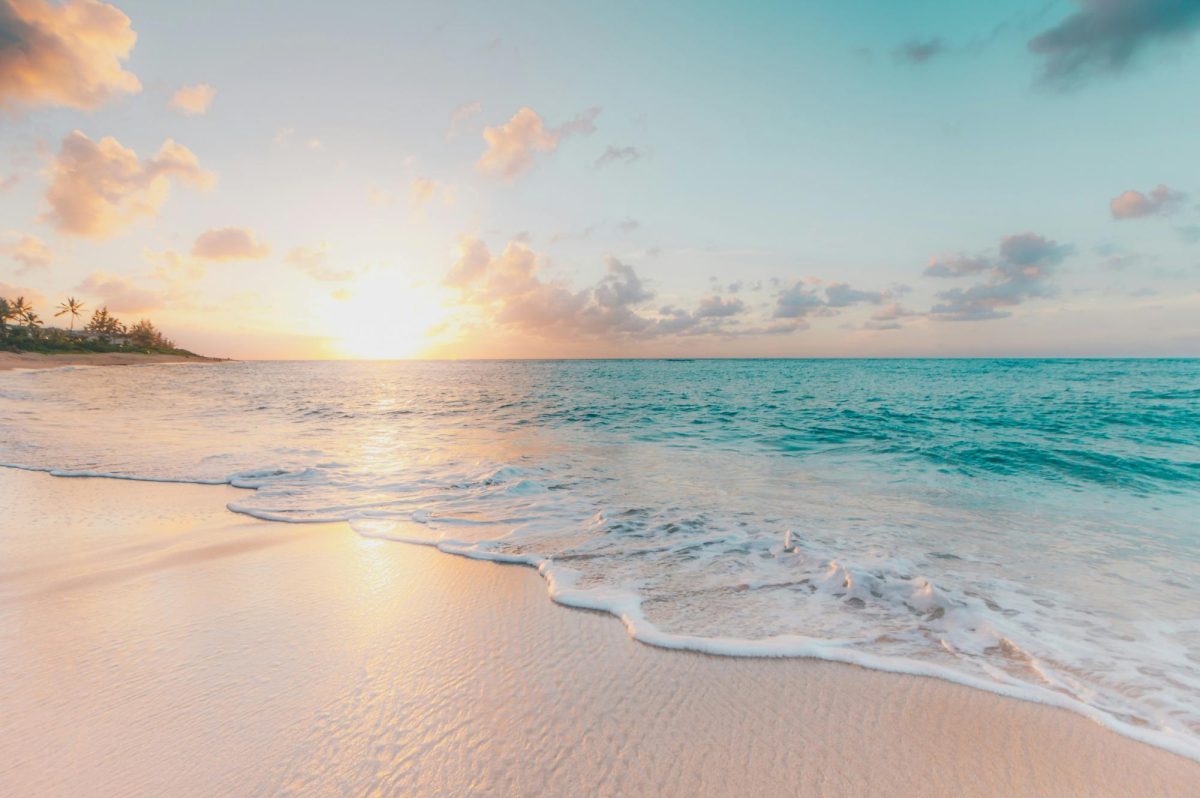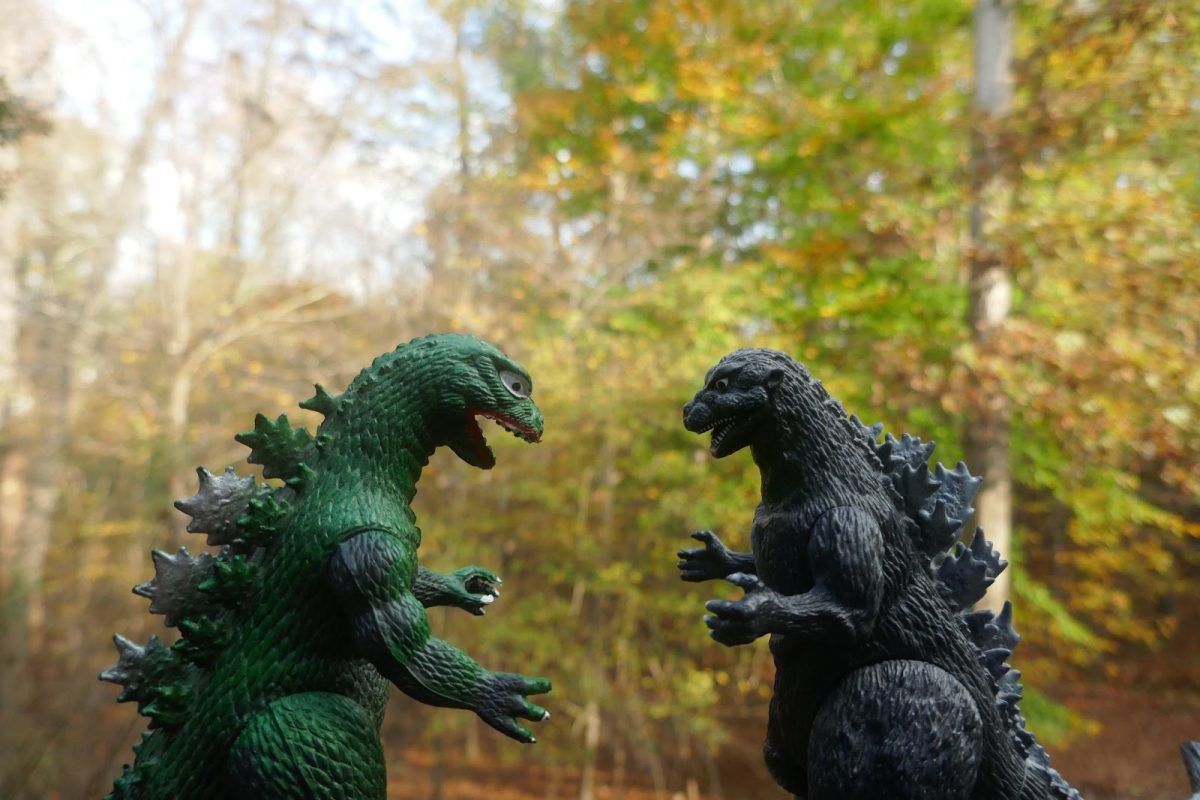“Godzilla” is a Japanese horror film from 1954. The movie paints a world where nine years after the atomic bombs razed two cities to the ground, the bombs’ influence comes back in the form of a giant fire-breathing monster. In a strange twist of fate, it was this contemplative and dour monster that would spawn over 35 sequels over the following 70 years.
The Godzilla timeline can be split into five eras, each spanning a certain number of Godzilla movies released. These are called the Showa, Heisei, Millennium, Reiwa, and Monsterverse eras.
The Showa era began with the release of the first movie in 1954 and lasted until 1984’s “The Return of Godzilla,” although this movie is considered to be a part of the Heisei Era because it shares continuity with the movies in that era. This is why Godzilla eras are measured in number of movies rather than year.
The next era, the Heisei era, spanned for the next seven movies after the Showa Era. This era continued a formula set up by the later movies of the Showa Era, where Godzilla would fight another monster as the climax of the film. With the exception of “The Return of Godzilla,” every Godzilla movie from 1971 to 1995 followed the naming convention of starting with “Godzilla vs.” and then the name of the monster Godzilla fights to the point that the movies had built up a reputation for being about Godzilla fighting another monster. This format, an action-focused monster movie, was perfect for a Hollywood blockbuster.
The uniting characteristic of all Godzilla movies up to the final movie in the Heisei Era is that they are all Japanese. The movies were filmed in Japan, scripted in Japanese and produced by Japanese studios. In 1998, that was all going to change.
Roland Emmerich’s Godzilla movie was first announced in 1992, although production issues and a director change pushed filming back to 1997. TriStar, the studio behind the movie, planned to release a trilogy of Godzilla films featuring their new, redesigned Godzilla. The movie’s production was rushed and American studio TriStar Pictures decided not to do any test screenings in order to meet a Memorial Day release, which later proved to be a big mistake. The first American Godzilla movie released on May 20, 1998, and it was a disaster.
The movie still made profit at the box office, but it was still considered to be a disappointment. Plans for the next two movies in the series were canceled, and an animated series was produced instead. TriStar Pictures let the rights to their incarnation of Godzilla go back to Toho, the Japanese studio that initially produced Godzilla after five years, and Toho began to put the monster in Godzilla media under the name “Zilla.” The “God” had been taken out of “Godzilla,” and the monster’s American debut ended in utter failure.
That isn’t to say Godzilla was doing great in Japan either. One year after Tristar Pictures’ Godzilla, Toho studios came out with “Godzilla 2000: Millennium,” which began the new era of the Godzilla timeline with the “Millennium era,” comprising six films. This era leaned heavily into the idea of Godzilla battling other creatures, with every movie featuring at least one other monster for Godzilla to fight against. These movies underperformed, culminating in the box office flop that was “Godzilla: Final Wars” in 2004. “Godzilla Final Wars” was the most expensive Japanese Godzilla movie, with a budget close to 19 million dollars. By the end of its screenings, it had grossed only 12 million.
It was never certain that another Godzilla movie would come out after “Godzilla: Final Wars.” The only glimmer of hope came in the form of director Yoshimitsu Banno, who directed “Godzilla vs. Hedorah” (1971) back in the Showa Era. He had received permission from Toho to produce a short Godzilla film called “Godzilla 3-D,” but Toho wouldn’t fund it. His efforts to secure funding led to the rights falling into the hands of American company Legendary Entertainment in 2010. Only four years later, they would release the second American Godzilla.
“Godzilla” (2014) would reuse the title of both the 1954 original and the 1998 American film “Godzilla.” The movie kicked off the Monsterverse Era, the ongoing series of Legendary Studios productions that all share one continuous story. Unlike the 1998 film with which it shares its name, 2014’s “Godzilla” made plenty of money, raking in 529 million dollars on a break-even point of 380 million. This performance was so impressive that a sequel was greenlit immediately. Maybe, just maybe a trilogy of American Godzilla films would work out this time.
Meanwhile, in Japan, Godzilla was coming back after twelve years of absence from the country’s screens. In 2016, Toho released “Shin Godzilla.” Shin Godzilla turned around expectations for the franchise. It was the first time that a Japanese Godzilla movie had featured no monsters other than Godzilla since “The Return of Godzilla” in 1984. 42 years later, Toho proved that Godzilla was still a relevant metaphor, using the monster as a commentary on Japanese bureaucracy in the face of the Fukushima Nuclear Accident. This movie would kick off the Reiwa era, the current era of Japanese Godzilla films. With the release of what is considered to be one of the best Godzilla films ever released, the ball was back in Hollywood’s court. It was time for studios to prove that Godzilla’s successful comeback was more than a fluke.
Legendary’s sequel, “Godzilla: King of the Monsters,” released in 2019 and lost an estimated 200 million dollars. This box office performance was worse than 1998’s movie, which in terms of gross was at most disappointing. That performance was enough to take down the TriStar trilogy, so what was to become of Legendary’s proposed series?
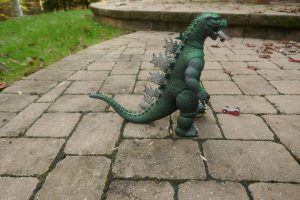
Two years later, in 2021, Legendary released the third Monsterverse Godzilla movie titled “Godzilla vs. Kong.” The film grossed more than “Godzilla: King of the Monsters,” making close to 100 million dollars over the break-even point. Plans for a crossover between Godzilla and King Kong had been planned by Legendary since 2015, with Legendary releasing a standalone King Kong movie titled “Kong: Skull Island” in 2017. These plans likely contributed to the release of “Godzilla vs. Kong” despite “Godzilla: King of the Monsters’” box office failure. The gross of “Godzilla vs. Kong” was favorable enough for Legendary to greenlight a sequel featuring both Godzilla and King Kong in 2022.
If “Shin Godzilla” was meant to affirm Godzilla’s relevance in modern political commentary, “Godzilla Minus One,” released in 2023, was meant to affirm the relevance of Godzilla’s parallel to World War II. Taking place just after World War II, “Godzilla Minus One” is a callback to the allegory of the first Godzilla, using the monster as an analogue for nuclear devastation.
“Godzilla Minus One” would go on to win an Academy Award for best visual effects in 2024, the first that any movie in the Godzilla franchise had won. That was followed up by Legendary’s next Godzilla movie, “Godzilla x Kong: The New Empire” (2024), which turned out to be the highest grossing movie of the franchise.
Has Legendary reversed the reputation of American Godzilla films? They have successfully released four Godzilla movies, with a fifth slated for a 2027 release. Compared with TriStar’s disaster, it seems that Godzilla has finally found a place in American theaters.
On the other side of the world during this period, Godzilla films in Japan have soared in quality. The two live-action Reiwa era films “Shin Godzilla” and “Godzilla Minus One” have both been called the best Godzilla movies of all time. On the other hand, in the United States, the Godzilla films by Legendary studios have seen no such love.
The Monsterverse movies aren’t bad; in fact, by big budget action picture standards, they are quite good. The issue comes with the standard they’re measured by. “Godzilla Minus One” holds up even when compared to all-time classics of any genre. The Monsterverse movies do not.
The unfortunate truth is that audiences have nothing better to expect from the Monsterverse. “Godzilla” is a story that makes America uncomfortable. It forces the issue of American involvement in Japanese history into the mind of the audience by making it a monster that is impossible to look away from. Hollywood studios, catering to an American audience, are bound to reduce the monster down to flashy explosions and action set pieces. That way, Americans can enjoy the spectacle of a Godzilla movie without having to interact with the historical themes.
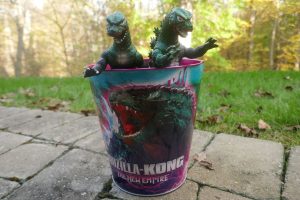
The Monsterverse movies are fun to watch, but they don’t hold much substance. Go across the Pacific Ocean, however, and even the corniest Godzilla movies have social issues and political commentary at their core. By comparison, the Monsterverse films are devoid of opinions, and serve as only content to be consumed.
Godzilla has, historically, worked better in Japan than in America, but this isn’t a foregone conclusion. Japanese Godzilla movies have seen success in America through streaming services and physical releases from companies such as Criterion. In addition, “Godzilla Minus One” performed highly at the American box office, being the most successful Japanese Godzilla film in America.
Godzilla has a place in American cinema. Hollywood is allowed to make remakes of Godzilla movies, but they need to be more vocal about their social commentaries. If they continue to be nothing more than complacent popcorn flicks, Godzilla’s longevity will only grow in one region — Japan.

